|
Perhaps I’m bias but I truly believe that Singapore food are some of the most unique & delicious because there’s so many aromatic herbs & ingredients that’s available only in this part of the world so her cuisine are always bold & full of flavour. Between 1840 to 1950, factors such as economic hardship and war pushed large waves (in the millions) of Southern Chinese to migrate to Southeast Asia - Malaysia, Singapore, Indonesia - in search for work. Over time, some of them decided to settle in Southeast Asia, adopting the native’s customs & marrying locally. As a result, their offsprings became what were known as Peranakan Chinese, a person of mixed Chinese & Malay/Indonesia heritage & they adopted Chinese as well as local traditions in their way of life, from the way they dress to their religious practices. Peranakan food are an important hallmark of the emergence of these unique blend of these cultures. One of their classics is Ikan Assam Pedas or Sour & Spicy Fish - a dish of local fish stewed in a hot, spicy & tangy broth. While the flavours are bold & pack a punch, it‘s quite unlike the Tom Yum soup from Thailand which is also hot & sour. There’s a zest & sweetness that differentiates the two. However, Peranakan food is notoriously elaborate & a dish like Ikan Assam Pedas has easily 20 ingredients, and before kitchen appliances existed, the various herbs & spices would have to be finely chopped & pounded to the consistency of a paste, which are tasks that would have taken hours. Hence why, it’s not uncommon to see a Nonya (Peranakan lady; males are known as Baba) bustling round the kitchen for an entire day to prepare an evening meal. Cooking Peranakan food are a grand affair that would involve several of the women in the family. Nowadays, good, fresh pastes are available to buy from Asian provision shops so it’s possible to make Peranakan food without having to slave over the stove for a day. I personally prefer to use a paste to save time & enhance the flavour through additional spices. IKAN ASSAM PEDAS
Ingredients Ikan Assam Pedas paste 3 x lemongrass 3 x shallots 3 x garlic Thumb of ginger 2-3 x red chillies, roughly chopped (de-seed if you don’t want it too spicy) 3 x tomatoes, chopped Small jug of stock (veg, chicken, fish - up to you) 1 pack diced mixed fish (fish pie mix) Bunch of sugar snaps, halved 10-12 x new potatoes, halved 3 x carrots, thickly sliced Handful of peas or broadbeans Some brown sugar Cooking Instructions 1. Slice & dice the shallots, garlic & ginger & pound them into a paste-y consistency 2. Chopped lemongrass into 3 sections & pound then to release their aroma 3. Heat up some cooking oil in a casserole dish & throw in the shallot, garlic & ginger paste + lemongrass & chillies; stir fry for a couple of minutes so they soften out 4. Add the tomatoes followed by the Assam Pedas paste & fry for no more than 2 mins or when tomatoes begin to soften 5. Pour & stir the stock in with the ingredients in the dish; when it starts to boil, throw in the carrots & potatoes - at this moment, you may wish to turn the heat down to a simmer so it’s bubbling lightly 6. You may want to taste the broth - salt & pepper if required; add some brown sugar to balance out the tanginess from the tomatoes 7. Simmer for 15 mins roughly then add in the peas/broad beans + sugar snaps; simmer for another 5-8 mins depending on how soft/crunchy you like your veg 8. Quickly taste again if you like, to make sure flavours are good & adjusting where necessary 9. You want to add the fish at the very end coz it only takes minutes to cook; turn up the heat & bring the broth to boil - once it starts to bubble, add in the diced fish pieces 10. Let it cook for no more than 5 mins; over-boiling & the fish will disintegrate - as long as it’s cooked through, it’s ready to be serve
1 Comment
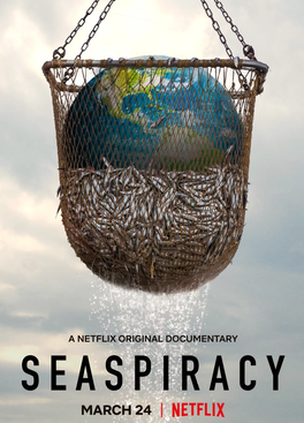 Omg the latest Netflix documentary has pretty much tore down all the guilt-free notions you may have towards sustainable seafood, in that, such claims may not only be dubious, it’s cruel in fact, & there’s no such thing as sustainably caught seafood in commercial fishing. It’s enough to send your head spinning as he refutes each & every claim, from charity organisations to supposed watchdogs, who paint the impression of being protectors of ocean life when in reality, their simply masking the dreadful deeds of the fishing industry. What really jolted me was a question he posed to an expert asking “what health benefits would we miss out if we stopped eating fish?” The expert replied dryly “oh... you’d be missing out mercury, lead...” I am gobsmacked - over the years, we’ve been learning of reasons to stop eating farm animals like poultry, beef, pork & lamb, and in the latest documentary to reach us, it gives us all the reasons to avoid seafood. Yet resolving to a plant-based diet isn’t the solution either as we’re finding out that the over-farming of the more popular crops can become damaging for the soil. Nut milks are prime examples – once the preferred milk substitute of choice until stories of how environmentally unfriendly they are began to surface, and now, you practically get a look of disdain if you even asked for a nut milk to go with your hot beverage. There isn’t a more confusing moment for the consumer - what can/how do we eat in a way that’s sustainable, good to earth & good to us? The only solution I can think of is to eat moderately & variedly, for example, consuming every part of the animal (& not this ridiculous diet of chicken breasts?!?), different grains, range of fruit & vegetables - that way, we’re not placing more burden on one aspect of food than another. Growing up, I used to enjoy offal – kidney, liver etc – and it was, in fact, quite a common & widely available type of food in my birth country. But, as I got older, people began to point out the oddness of these foods & I became so conscious of my choices that I eventually psyched myself out from eating them. The world is constantly telling us what’s good & acceptable to eat, but we need to stop listening to this chatter in our ear that “this food is good, that is not” nonsense. Eggs are an excellent example, it’s been exalted one year & demonised the next – you can’t get enough of it at one moment & then avoid it like plague the next. Then apparently, it’s just the yolk that’s the issue so overnight restaurants are chucking out egg yolks & concocting dishes out of whites. Time to filter out the dribble - eat as you please. Eat seasonally, eat differently, eat blissfully. For activating Udana Vayu... Udana Vayu is the current that flows through the upper chest - rising from collar-bones through to crown of the head - & is assisted by exhalations. It supports our mental functions such as our ability to concentrate & express, & when the Vayu is balanced, our intuition becomes more alert too. It’s enhanced by Linga Mudra, a sacred Indian symbol with several representations, & by using this gesture, we direct the breath, awareness & energy to the neck & head, nourishing the throat, vocal chords, the brain & senses as a result. This can subsequently bring a sense of mental clarity & better focus, facilitating the person to communicate more clearly & confidently.
5. Breath nasally, observing the flow of the breath, noticing the effects/sensations to the upper chest, throat to crown of the head
For activating Vyana Vayu... The mudra that assists in the activation of Vyana Vayu; the energy current that pervades throughout the entire body, flowing outwardly from centre to periphery on exhalation & returning back to centre on inhalation. On a physical level, Vyana Vayu supports coordination & circulation such as blood, lymph & on a subtle level, it ensures smoothness in the flow between energetic channels; this helps to improve one’s physical awareness as a whole. Through this mudra, we activate Vyana Vayu by extending the length of each inhale/exhale & increasing that sense of connection between centre, periphery & space.
"To activate Samana Vayu..." Samana means equal & the Vayu, which flows horizontally, expanding out from the core of solar plexus on inhalation & returning back on exhalation, is helped by a balance of both breaths. It supports digestion & promotes circulation, & these 2 activities subsequently aid the removal of toxins. Matangi is the ‘goddess of transformation’ & digestion has transformative qualities - if we think of the food we consume, digestion turns it into fuel for the body. As such, Matangi Mudra activates & improves the flow of Samana Vayu by directing our breath, awareness & energy to the solar plexus. The extended middle fingers represent clear direction & determination in our life journey. Method:
1. Interlock fingers from the outside with right thumb over left 2. Extend the middle fingers, keeping them joined together for the entire length 3. Rest the wrists on the solar plexus with shoulders relaxed & elbows comfortably away from the ribs 4. Breath nasally, observing the effects of the Mudra to your body, mind & breath 5. Notice if the diaphragm expands/contracts horizontally more smoothly & efficiently 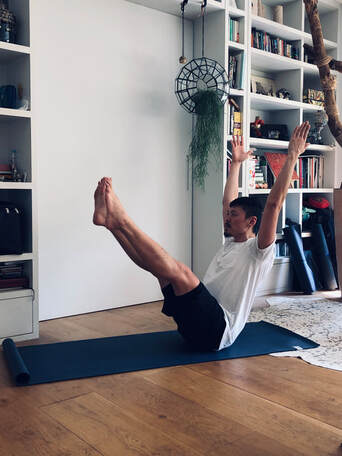 Navasana’s often introduced as a core strengthening pose. The muscles in the area activate to stabilise the sit-bones, with the legs & arms afloat, keeping the body balanced. Indeed the core is involved in this asana, though the muscle group that’s being worked the hardest are the hip flexors! Observe the upper thigh area & see how much the muscles are working to keep the legs in mid-air? Try extending the knees & notice what happens - to keep the legs up, the body naturally tries to displace their weight to the lower back; to counter this, refrain from leaning back & engage the muscles in the quadriceps & lower core. You’d find how challenging it becomes to straighten the knees & keep them up this way. *note: hands can also stay on the ground if you need the extra help in maintaining balance |
Hongyi the yogiFull-time yoga teacher & trainee yoga therapist in London. Eager to share, eager to learn! Archives
July 2021
Categories |

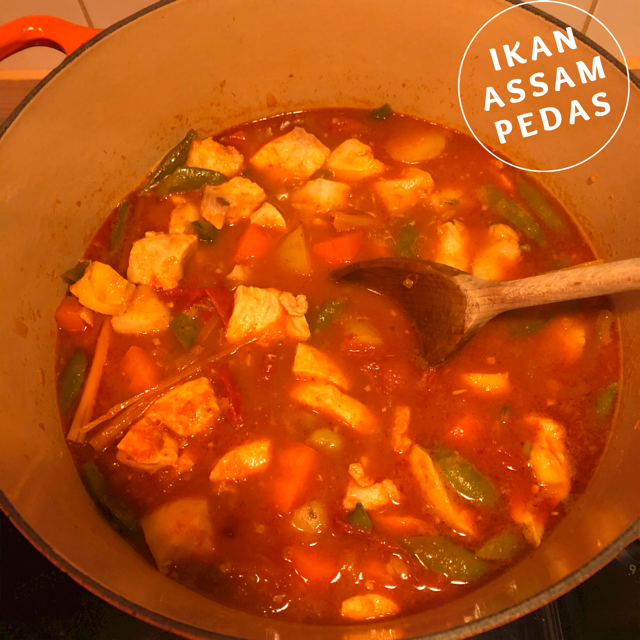
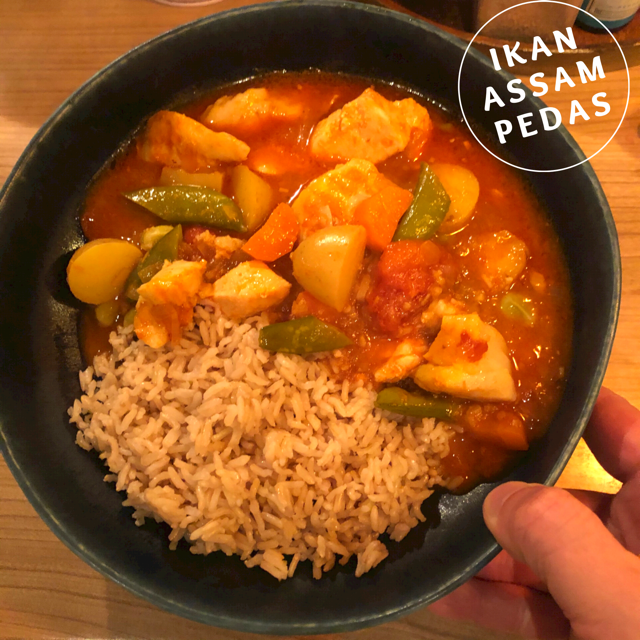
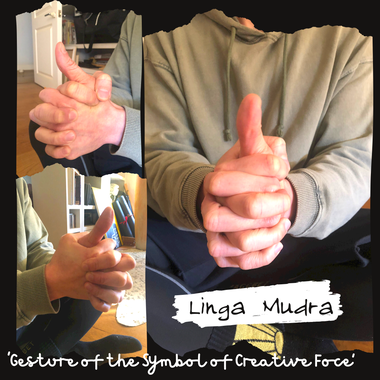
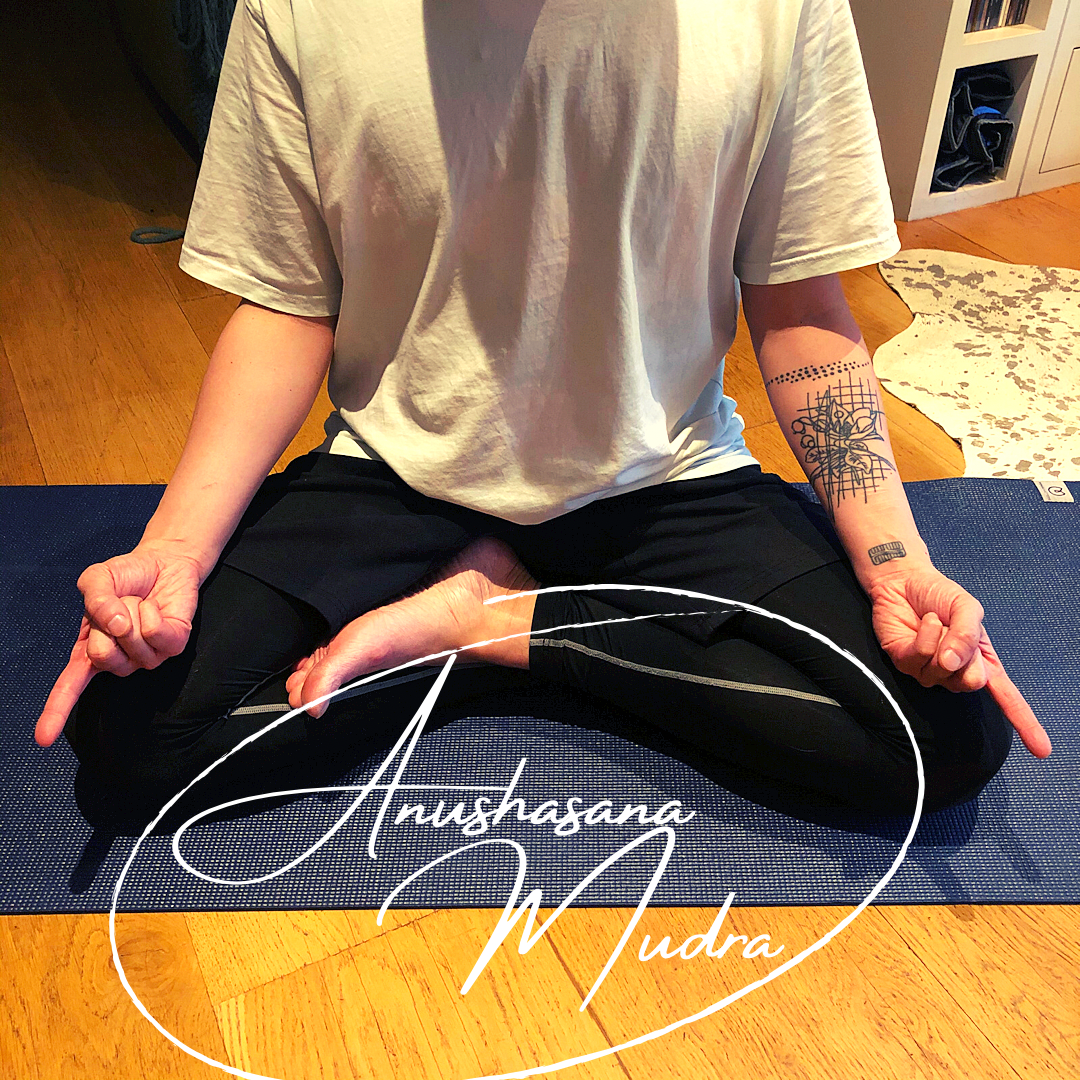
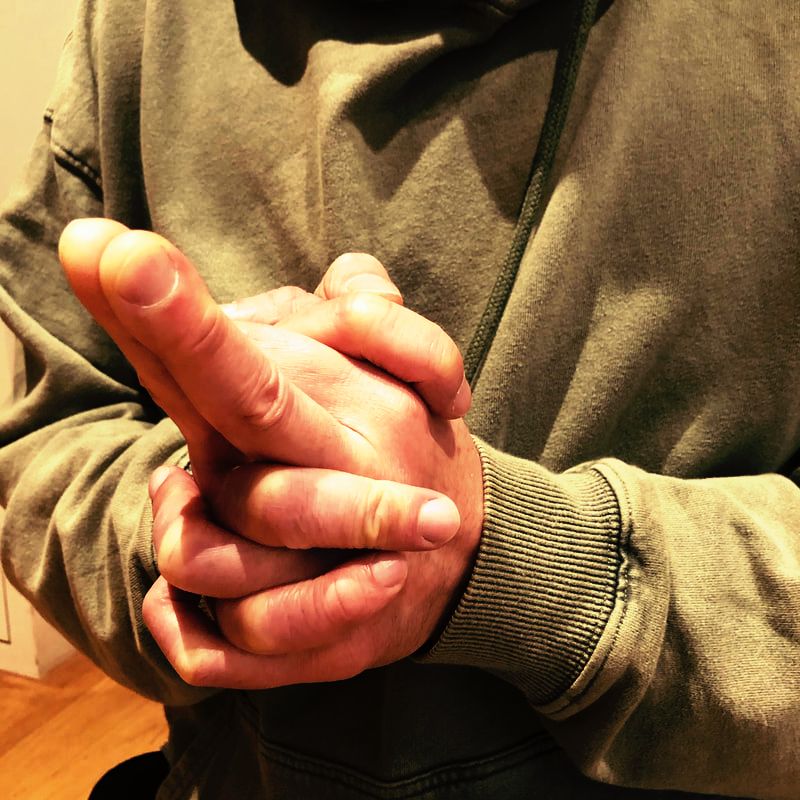
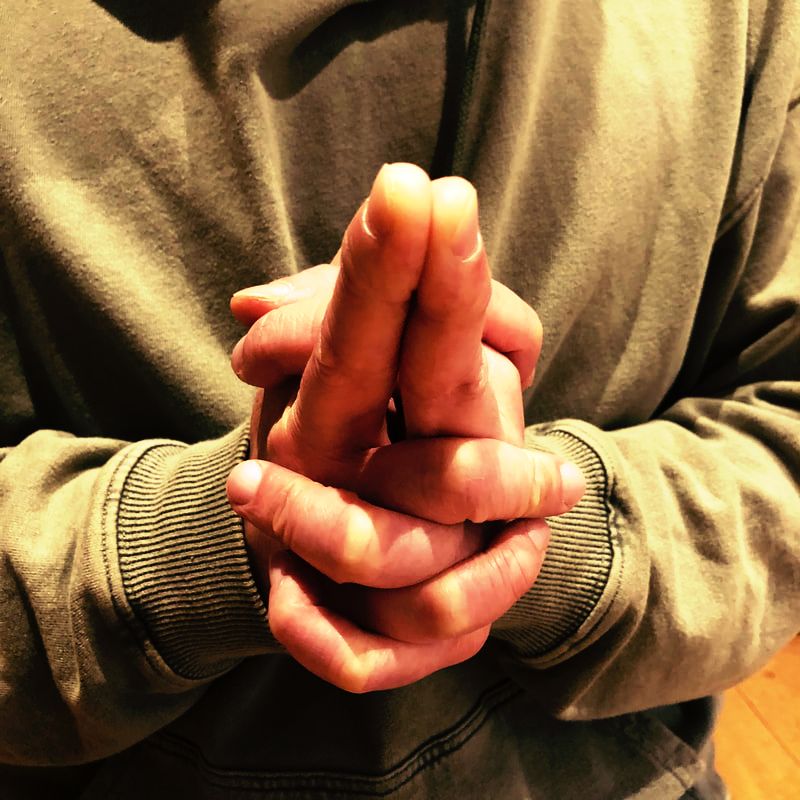
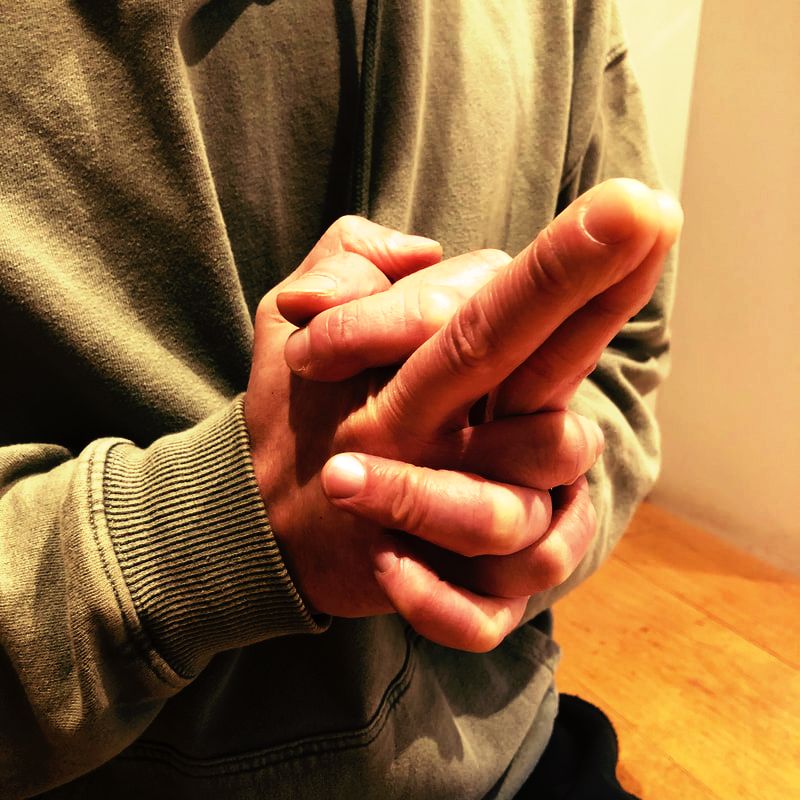
 RSS Feed
RSS Feed
